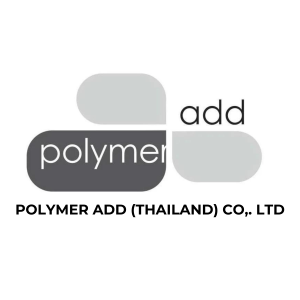Importance of Refractive Index of Additive In Polymers
Matching Refractive Indices When the refractive index of the additive closely matches that of the polymer matrix, light passing through the composite material encounters fewer changes in refractive index at interfaces, resulting in reduced scattering and better optical clarity. This is often desired in applications like optical films, or coatings where transparency is crucial. Refractive […]
Grinding Aid for Low Temperature Resin grinding
Grinding aids are additives used during the grinding process to improve the efficiency and effectiveness of grinding operations. When it comes to grinding low temperature resins, certain grinding aids can be particularly beneficial in reducing friction, heat generation, and improving the overall grindability of the material. Here are some grinding aids commonly used for grinding […]
Nucleating Agents for Polymer Foam
A foam nucleating agent is a substance added to a foam-forming system to enhance the formation and stability of foam. Nucleating agents play a crucial role in controlling the cell structure and improving the properties of foam materials. They work by providing sites for gas bubble formation and growth within the foam matrix. Some common […]
Aluminium Phosphate Micronized
Aluminium phosphate, a chemical compound with the formula AlPO4, finds several uses in polymers, mainly due to its flame-retardant properties and its ability to act as a catalyst or filler. Here are some common uses of Aluminium phosphate in polymers: Flame Retardancy Aluminium phosphate is widely used as a flame retardant in polymers, especially in […]
Barium Sulfate Precipitated In Plastics
IMPROVED RIGIDITY OF PLASTICS Increased Density Barium sulfate is significantly denser than most plastic resins. When incorporated into a plastic formulation, it increases the overall density of the material. Higher density often correlates with increased rigidity and stiffness. Particle Size and Distribution The particle size and distribution of barium sulfate fillers can be controlled to […]
Barium Sulfate Precipitated In Rubber
Barium sulfate can be employed in rubber manufacturing for several purposes due to its unique properties. Here are some ways it can be used in rubber: Density Modification Barium sulfate is denser than many other commonly used fillers in rubber compounds. Adding barium sulfate to rubber formulations can increase the density of the final product. […]
Barium Sulfate Precipitated In Paint And Coatings
Barium Sulfate finds extensive use in the paint and coatings industry due to its unique properties. Here are several ways it’s utilized in paint and thick coatings Opacity and Whiteness Barium sulfate is prized for its high refractive index and excellent hiding power. It is often used as a pigment extender or filler in paints […]
Barium Sulfate Precipitated In Printing Inks
With its low abrasiveness, high gloss, colour stability, low cohesion, and good flowability Barium Sulphate is suitable for high-quality printing inks Opacity and Whiteness Barium sulfate is prized for its high refractive index and excellent hiding power. It is often used as a pigment extender or filler in printing inks to enhance opacity and whiteness. […]
Barium Sulfate Precipitated In Paper
Filler in Papermaking Barium sulfate is often used as an inorganic filler in the production of paper and paperboard. It is added to the paper pulp during the papermaking process to improve certain properties of the final product. As a filler, barium sulfate enhances paper opacity, brightness, and printability. It also contributes to smoother paper […]
Barium Sulfate Precipitated In Adhesives
Barium sulfate can be utilized in adhesives and sealants for various purposes, thanks to its unique properties. Here’s how it can be used Density Modification Barium sulfate is significantly denser than most other fillers commonly used in adhesives and sealants. Adding barium sulfate to formulations allows for density modification, which can be beneficial in applications […]
